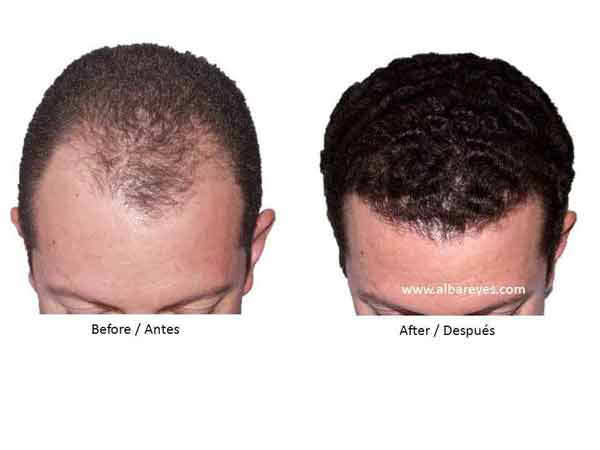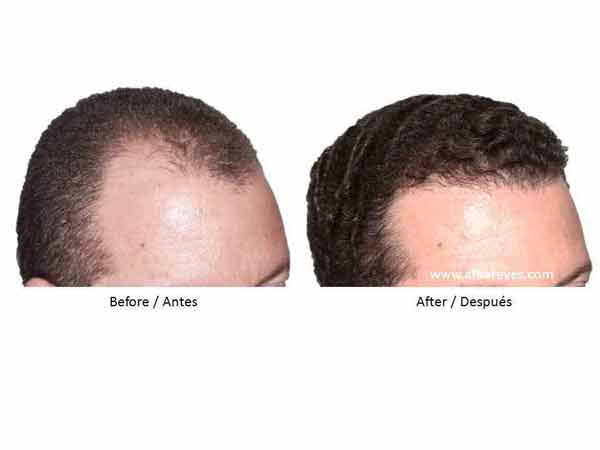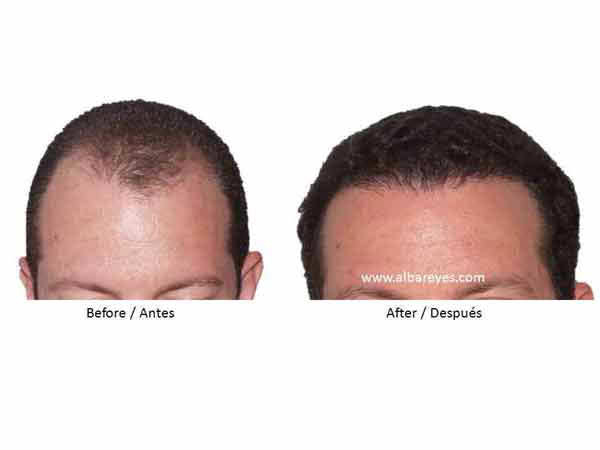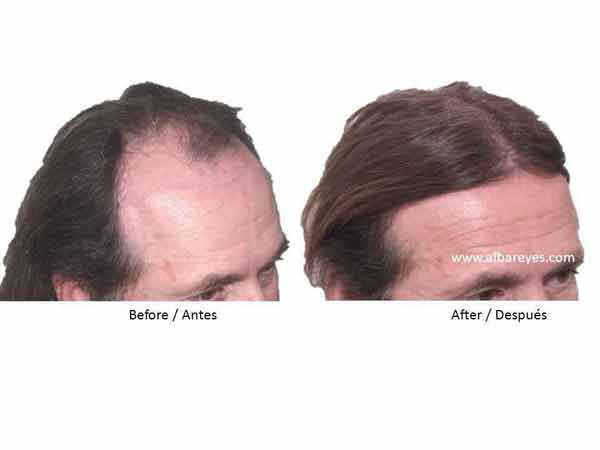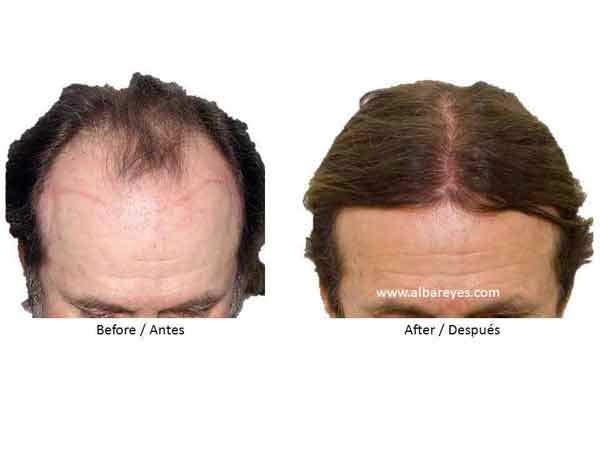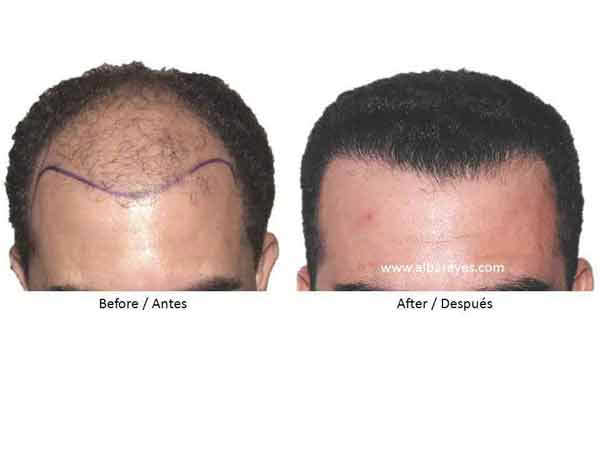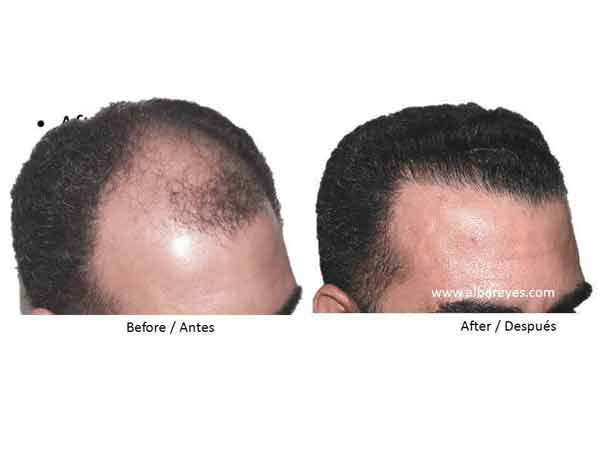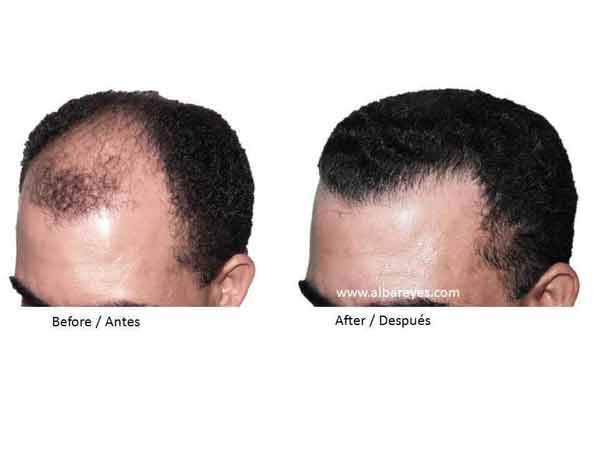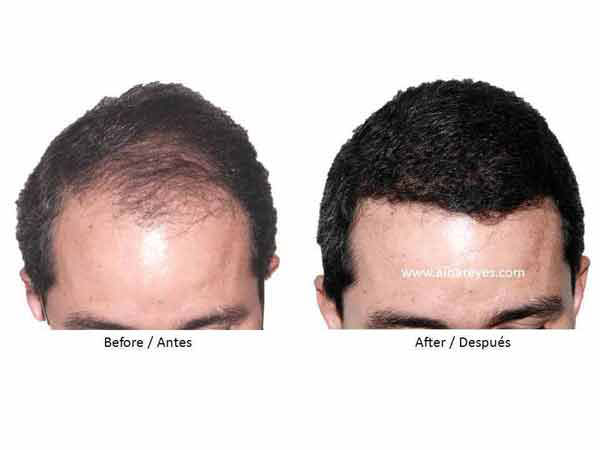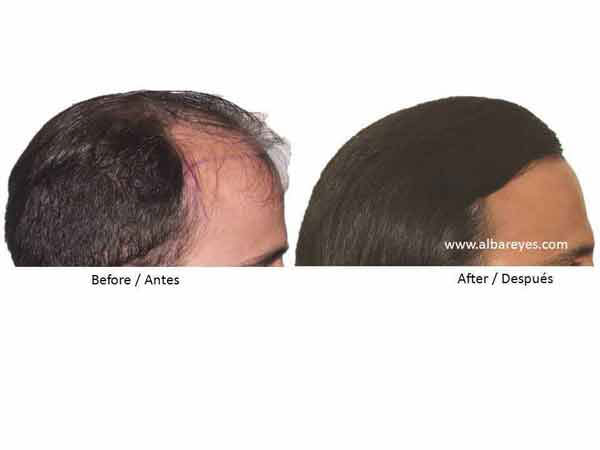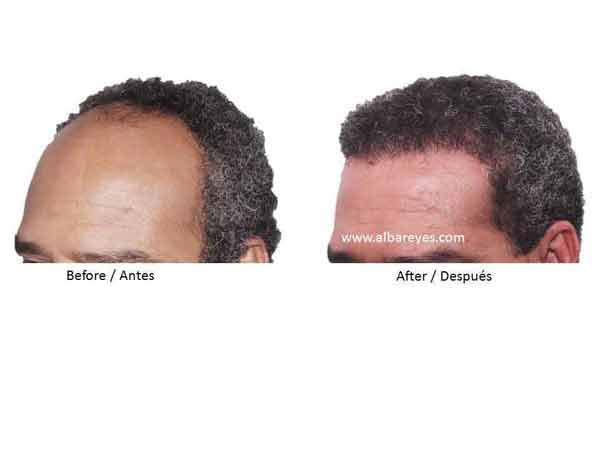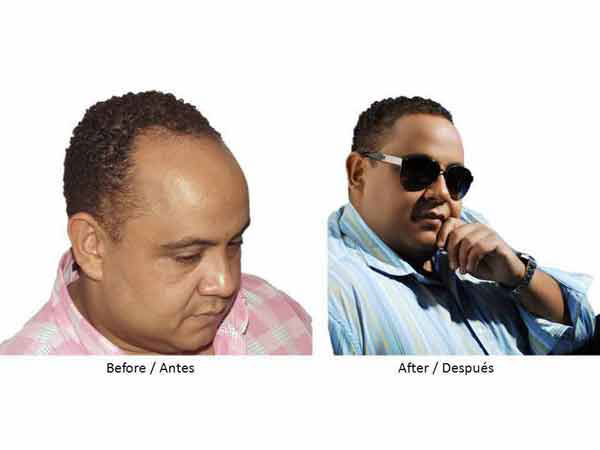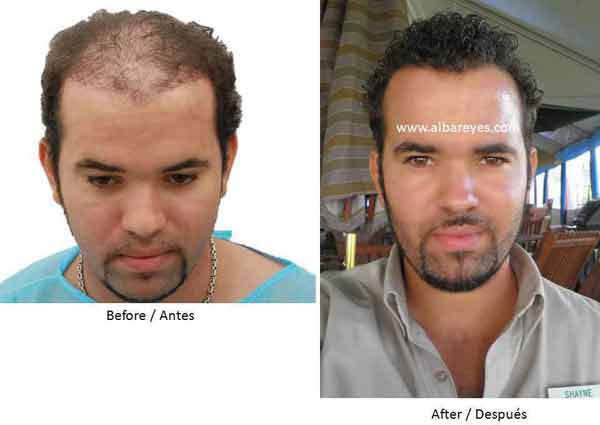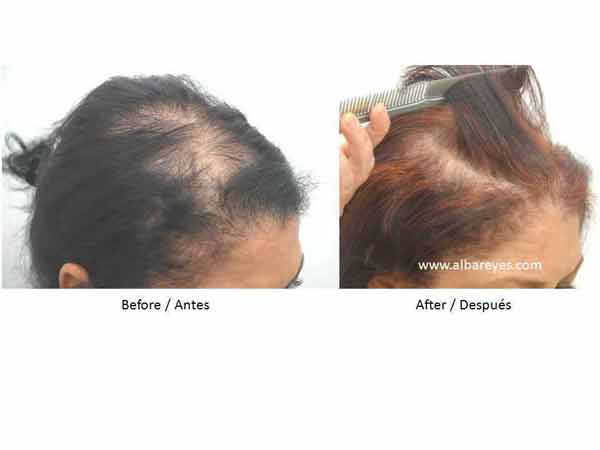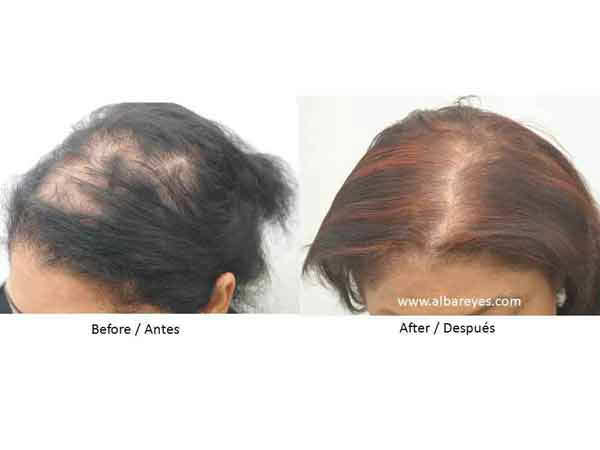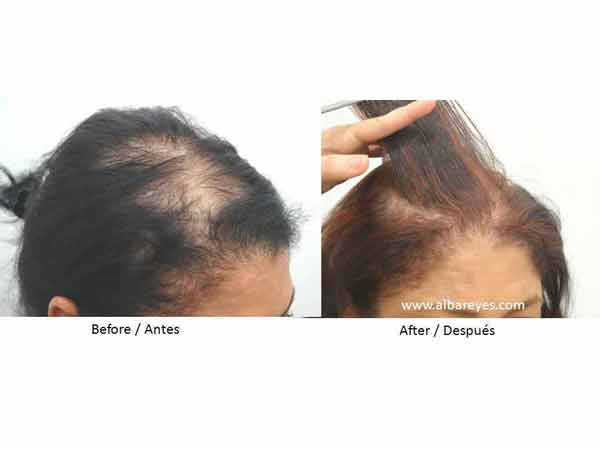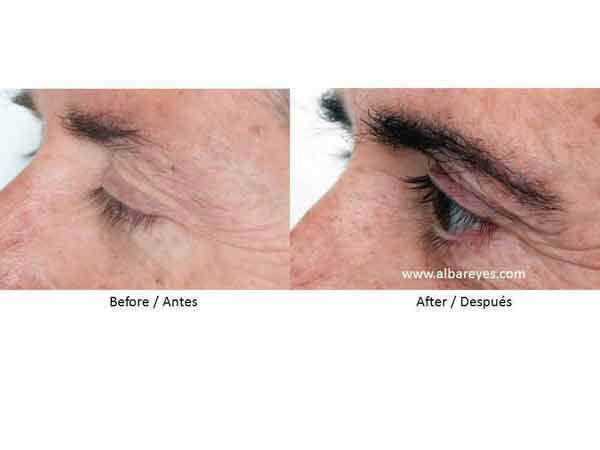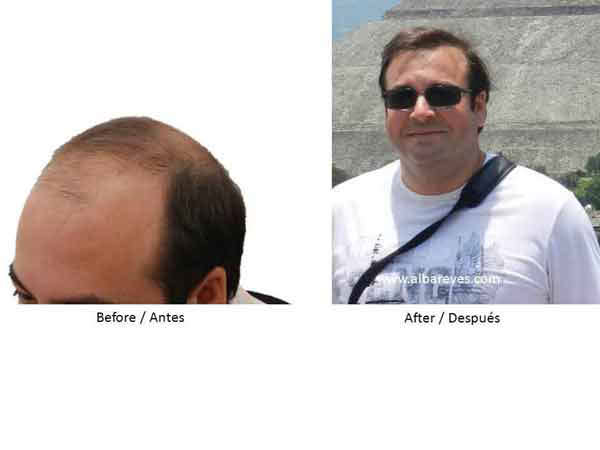Female Pattern Alopecia (Androgenetic Alopecia)
The most common form of hair falling in women (androgenetic alopecia, also known as female pattern alopecia) occurs in women with genetic predisposition.
It is a fact that 50% of women will experience some degree of hair loss by the age of 60. The most common form of hair loss in women (Androgenetic Alopecia also known as Female Pattern Hair Loss) occurs in women that are genetically predisposed for hair loss. Hair Loss can be emotionally damaging to women.
As with any medical condition, early detection is the best way for prevention, but before the arrival of our genetic test, medical diagnosis and prediction of female pattern alopecia was a work of scrutiny.
In contrast to the male pattern alopecia, the hair loss in women due to androgenetic alopecia is indistinguishable to the naked eye, from other causes that can lead to hair loss in women.
In most cases, for women thinning occurs diffusely without a pattern. Often the frontal hair line is intact, but behind this the scalp becomes visible in the midline. Progressive thinning over time may extend back to the crown area, and often impacts areas on the sides and back of the head, leaving the scalp covered with diffusely thinning hair, but usually no bare areas.
The following figure illustrates hair loss in women due to Female Pattern Hair Loss.
However, due to lack of a defined pattern, one cannot distinguish Female Pattern Hair Loss from other causes of hair loss just by visual inspection.
Therefore, it is important to exclude other causes of hair thinning which can mimic Androgenetic Alopecia in women. Such conditions can be anemia, thyroid disease, fatty acid deficiency, medication side effects, heavy metal exposure (lead, arsenic, mercury) just to name a few.
There are also dermatologic conditions that can look like Androgenetic Alopecia, but require different treatment approaches, so an accurate diagnosis is important.
Test Analysis and Results
Genetic analysis in the case of women determines the length of the number of CAG repeats of the sequence on chromosome X. With a length of CAG will have a lower risk of androgenetic alopecia, if it is to have a smaller CAG length has a greater risk for developing androgenetic alopecia.
Women with a lower CAG and an increased risk of androgenetic alopecia can then be treated custom developed and monitored by a doctor specializing in hair restoration.
By contrast, women with higher CAG can be sure that they have a low risk of suffering from hair fall and know they will avoid unnecessary concerns or treatment.
Early detection of Female Pattern Hair Loss offers the best chance to preventive treatment. Our Genetic Test for Female Pattern Hair Loss provides women with a score, called the CAG repeat score
- A smaller CAG test score is associated with a higher risk for significant hair loss (Ludwig grade II or III hair loss)
- A larger CAG test score is associated with a lower risk for hair loss
- Scientists have discovered that only 2.3% of women with a CAG test score below 15 did NOT develop Female Pattern Hair Loss
To learn more about hair loss genetic tests or to schedule a test, please contact us.
Please note that genetic testing of Alopecia is a screening test, and not a diagnostic test. While our test used to detect the risk of androgenetic alopecia, it is important to remember that there are other possible causes of hair loss, whether the test results are positive or negative.
Security & Privacy
There are no known risks associated with the use of genetic testing. The analysis is performed in United States through CLIA certified laboratories (Clinical Laboratory Improvement Amendments) and ensures compliance with legislation on data protection.
Clinical Studies behind the Genetic Test for Hair Loss in Women (Female Androgenetic Alopecia)
Recent advances in the field of human genetics have helped researchers to discover the genetic causes behind hair loss and baldness. And we aim to help you with the latest genetic discoveries.
We aim to offer the latest genetic advances. The causes of female hair loss often seem elusive and are sometimes misdiagnosed.
Hair loss in men and women (androgenetic alopecia) seems to follow a pattern of inheritance (many genes are involved in the causes of hair fall), and scientists have identified strong indicators associated with falling hair.
So, while the cause of hair loss can not be fully identified, our highly recommended test uses genetic indicators strongly associated with female androgenetic alopecia.
Notes from relevant Genetic Research:
According to a study conducted by Dr. Marty Azuay, University of Florida in 1988 (1), it was discovered that certain variants of the androgen receptor gene in women are associated with an increased risk of developing a degree of baldness Ludwig ll or lll. Another study conducted by Dr. Westbert et al (3), confirmed that the variants in connection with female pattern hair loss were also associated with high levels of serum androgen in women.
The indicators used to report the risk of female androgenetic alopecia are variations of the first axon of the androgen receptor gene (AR). CAG repeat (a sequence of the gene CAG repeat) in the first axon of AR gene varies in size depending on the individuals.
A sequence of short CAG repeat length is associated with an increased risk of female androgenetic alopecia, while a larger repeated sequence is associated with a low risk of suffering from androgenetic alopecia in women.
According to a study by Dr. Azuay, the percentage of female population with a repeated sequence of equivalent size to 15 or less, NOT suffering from hair loss Ludwig grade II or lll is about 2.3%.
The following figure shows the distribution of the group of androgenetic alopecia in black and red in Normal group. The area shaded in red represents those women with an index of 15 or lower CAG not having androgenetic alopecia.
In the same way, only 2.3% of women with androgenetic alopecia have a CAG repeat sequence over 23. The next figure shows the distribution of women suffering from androgenetic alopecia in red and black in normal women. The area shaded in red represents women who have androgenetic alopecia and a CAG repeat sequence of over 23.
The HairDX test for female androgenetic alopecia provides women with an index of CAG repeat sequence and allows comparison of their results with existing literature.
We will continue to offer our patients with the latest scientific advances. You are welcome to contact us and learn more about our Genetic Tests for Hair Loss.
Bibliography
1. ME Sawaya, AR Salita. “Androgen receptor polymorphisms (CAG repeat lengths) in androgenetic alopecia, hirsutism, and acne.” Journal of Cutaneous Medicine and Surgery. 1998 Jul; 3 (1): 9-15.
2. Brum IS, et al. Association between androgen receptor gene CAG repeat polymorphism and plasma testosterone levels in postmenopausal women “Journal of the Society for Gynecologic Investigation. 2005 Feb; 12 (2): 135-41.
3. Westberg et al. “Polymorphisms of the androgen receptor gene and the Estrogen receptor beta gene are associated with androgen levels in women” The Journal of Clinical Endocrinology and Metabolism, 2001 Jun 86 (6): 2562-8.
4. Ali L, et al “The role of the CAG (n) polymorphism of the androgen receptor gene in postmenopausal hirsutism and female pattern hair loss; P30” British Journal of Dermatology: Volume 158 (4) April 2008p 901.
5. Ali, I., et al. “The role of the CAG (n) polymorphism of the androgen receptor gene in postmenopausal hirsutism and female pattern hair loss: P30. British Journal of Dermatology: Volume 158 (4) April 2008p 901
















